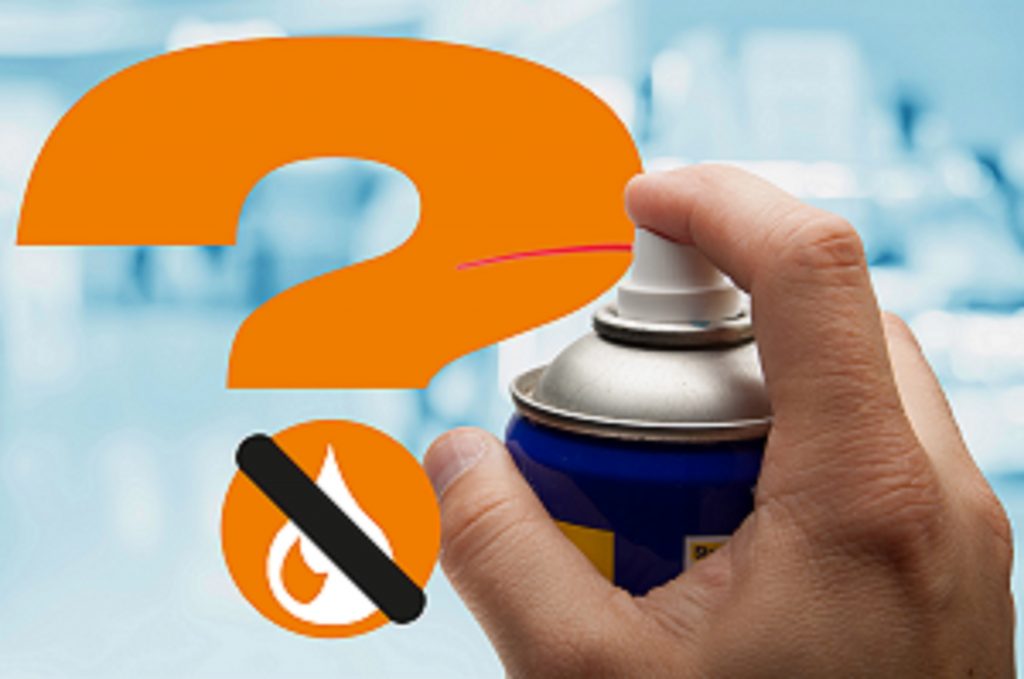Squeaking plain bearings – how to reduce noise
Lars Butenschön | 18. November 2020
There are probably few problems that are so annoying and so difficult to fix. Whether in a car, a bicycle or in the fully automated and fully digitalised industry 4.0 IoT packaging machine: disturbing noises. Squeaking plain bearings are of course only one possible source but more often than you think. Once the source has been found, the fun really begins. Disassemble machine, bicycle or car, remove bearings … and then? Why does the new bearing also squeak? Is it because of the shaft? Too little lubrication? On the bearing material? At the tolerances? Is the bearing aligned properly? The word “alignment” quickly comes across as very interesting in another context. So what to do? Keep calm and read on :).
Why do plain bearings squeak at all?
The most common cause of squeaking plain bearings is the so-called “stick-slip effect“. This effect occurs mainly when the plain bearing and shaft are very smooth. This is somewhat unintuitive because bearing points usually have the lowest possible coefficient of friction – i.e. should be as smooth as possible. It may be that the surfaces are “too smooth” because the polymer bearings used are still “freshly injected” (plain bearings produced by injection moulding often have a thin and very smooth surface). Most dry operating plain bearings are also designed in such a way that some of the integrated solid lubricant (e.g. MoS2 or PTFE) is transferred to the shaft during operation. While the injection-moulded surface disappears in the first hours of operation, the transfer of the lubricant takes place only after a few hours of operation. Accordingly, the squeaking often decreases after this running-in phase.
Other causes can be excessive bearing clearance or the aforementioned lack of alignment. Excessive bearing clearance can lead to vibrations and therefore rattling and squeaking noises, depending on the motion profile. A lack of alignment – that is, bearings that are not correctly aligned or a shaft that is not properly centred can also cause problems here.
Tip 1: … and often the simplest solution against squeaky bearings. Lubrication.
Do not worry. You don’t have to throw the carefully selected high-tech plain bearings into the bin right away. They are optimised for dry operation and recommended to the boss or customer. We are not talking about permanent pasting with grease but only about some “initial lubrication”. This not only sounds great but is also quite easy to do. Simply apply a LESS amount of grease before installation (read our recommendations for suitable solutions here).

Silicone grease or – with some limitations – WD-40 should have already helped. Especially with the latter, however, it should be noted that the lubricating effect quickly disappears and if applied excessively well, a counterproductive sticky coating remains.
Once applied, the squeaking should disappear relatively quickly. After the run-in phase, the bearing does not need lubrication, so there is no need for re-lubrication.
Tip 2: Select the correct shaft roughness
People often mean well. The shaft is machined as smooth and fine as possible especially for the plain bearing. Which, above all, costs additional money, but does not necessarily help in the end! It is best to follow the recommendations of the respective plain bearing manufacturer. This not only saves costs for the machining of the bearing bolts or shafts but also improves the run-in characteristics and reduces squeaking of the bearings. igus recommends a surface roughness Ra of 0.2-0.4 µm regardless of the iglidur® material used. These surface finishes can be achieved with a lathe.
Tip 3: If push comes to shove, roughen the bearing
For composite bushings made of metal, which only have a thin liner made of PTFE on the inner diameter, this is not a very practical option. Rub the inner diameter a little. However, pay attention to the resulting bearing clearance. If this is too large, depending on the operating mode or motion profile, it can lead to annoying rattling or vibrations. Then in the end you have gained nothing.
Do you need help with squeaking plain bearings? We can advise you free of charge and without obligation
Our plain bearing specialists will be pleased to advise you on all questions relating to bearing technology and will design your bearing point along with you. We will then find a suitable solution for you. We can advise you on site, in a virtual meeting or by email or telephone. We also offer immediate consultation via live chat on our website.
